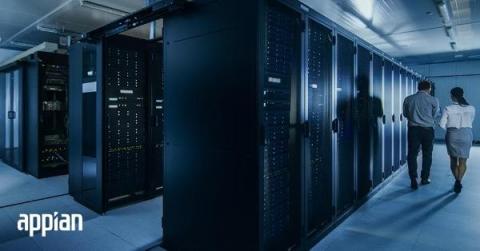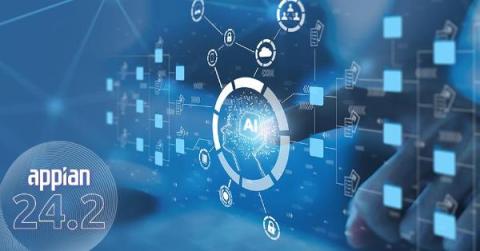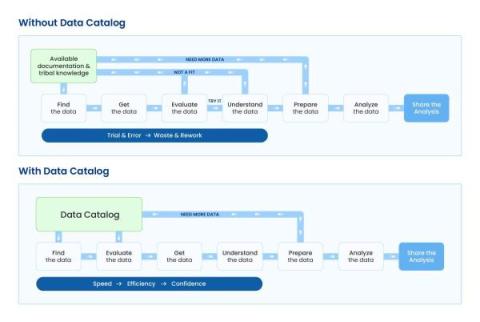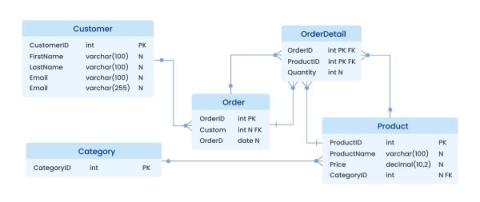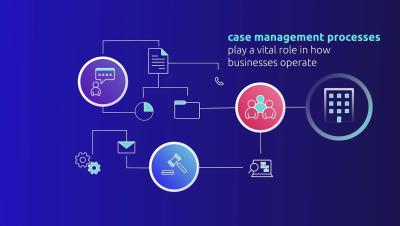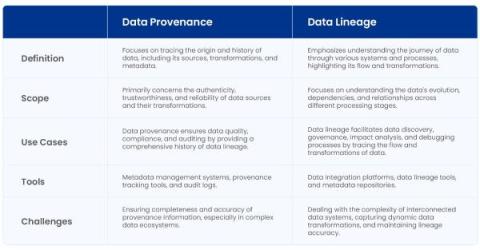7 Real-Life Business Process Automation Examples to Inspire Your Strategy
Think about the monotonous task of extracting data from sources like spreadsheets and emails and typing it into various systems. Repetitive tasks and manual workflows lurking inside business processes slow down teams, introduce human error, and erode employee engagement. Slow, ineffective processes can also kill an organization’s time to market and customer satisfaction.


